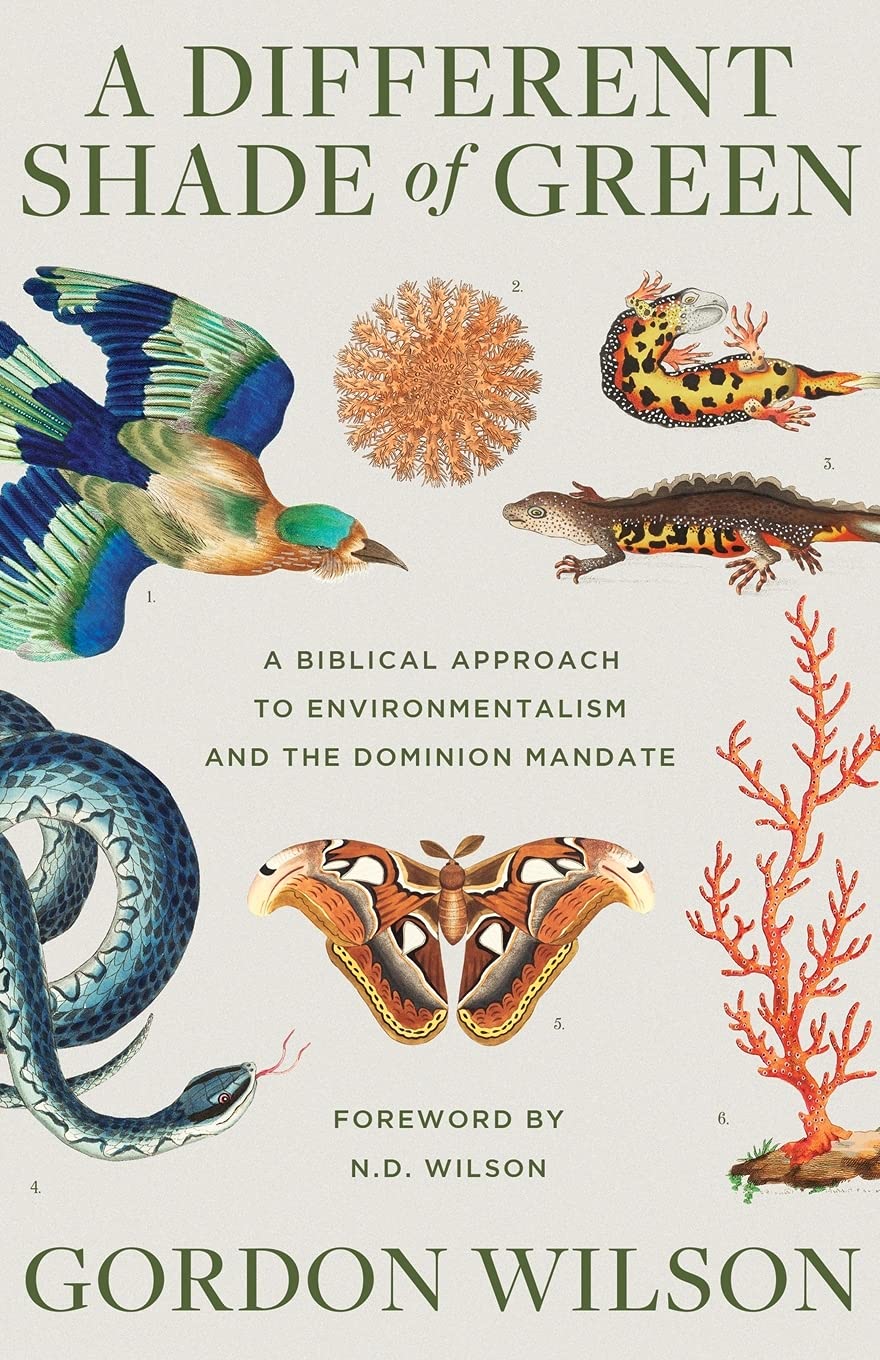It was in April 1953 that Frances Crick and James Watson published their proposed description of the DNA molecule. As they anticipated, biology was forever changed. Now biologists had a molecule which they could study, which stored hereditary information. The 1960s saw the emergence of the ‘standard model,’ which held that DNA codes for proteins which determine the characteristics of each creature. However on the occasion of the 60th anniversary, one commentator in the journal Nature declared: “We do not know what most of our DNA does, nor how, or to what extent it governs traits.” (496 #7446 p. 419). As a result, he said, “… the usual tidy tale of how ‘DNA makes RNA makes protein’ is sanitized to the point of distortion.” And he continued, “In other words, we do not fully understand how evolution works at the molecular level.” This is the crucial issue as far as most scientists are concerned. While the details of the workings of DNA are interesting, the big question is how do these discoveries impact evolution theory?
A number of discoveries concerning DNA have brought scientists to the point where they realize that they have more questions than answers concerning inheritance and control of the characteristics or traits of an organism. One of the most dramatic recent studies was the ENCODE project (see www.create.ab.ca Feb. 2013 issue). Concerning the ENCODE results, commentator Philip Ball in Nature declared: ” projects such as ENCODE are showing scientists that they don’t really understand how genotypes [genetic information] map to phenotypes [organism traits], or how exactly evolutionary forces shape any given genome [DNA information content].” (p. 420)
One of the ENCODE discoveries was that many genes cooperate together in complex networks. If such fancy systems determine what a creature is like, on what level does natural selection have an effect? It seems unlikely that it is at the level of the details in the chemical content of the DNA. Thus this commentary in Nature says: “In short, the current picture of how and where evolution operates, and how this shapes genomes [information content in DNA], is something of a mess.” (p. 420) It is apparent that scientists don’t really understand very much about heredity. Thus Philip Ball concludes: “… old arguments, for instance about the importance of natural selection and random drift in driving genetic change, are now colliding with questions about non-coding RNA, epigenetics and genomic network theory. It is not yet clear which new story to tell.” (p. 420) When it comes to “stories” or speculations however, some critical thinking is very much in order!
May 2013
Subscribe to Dialogue







